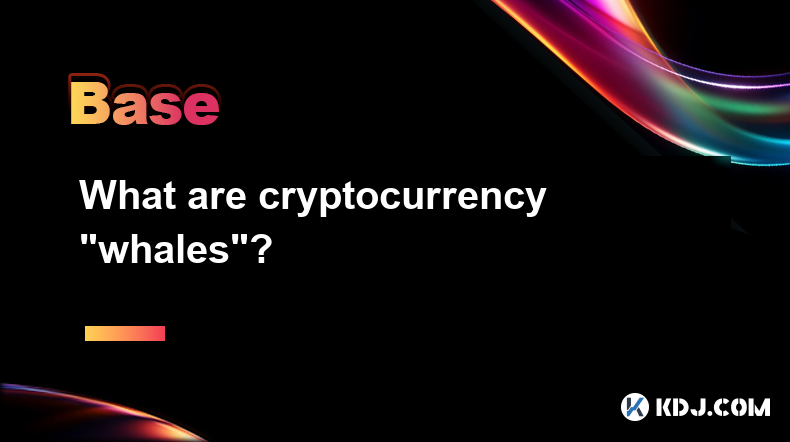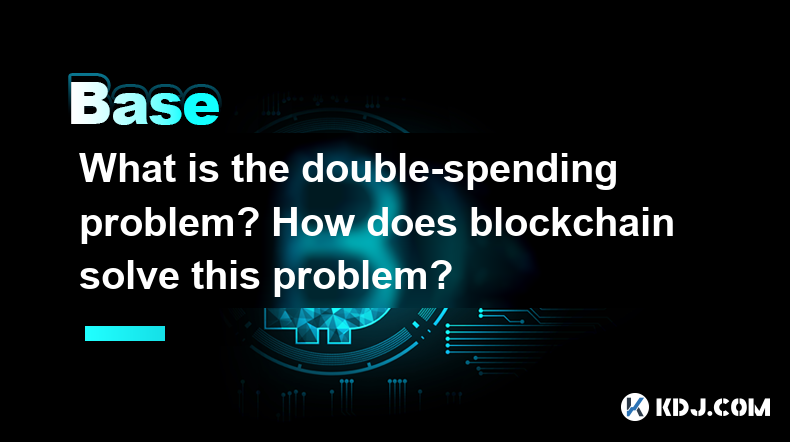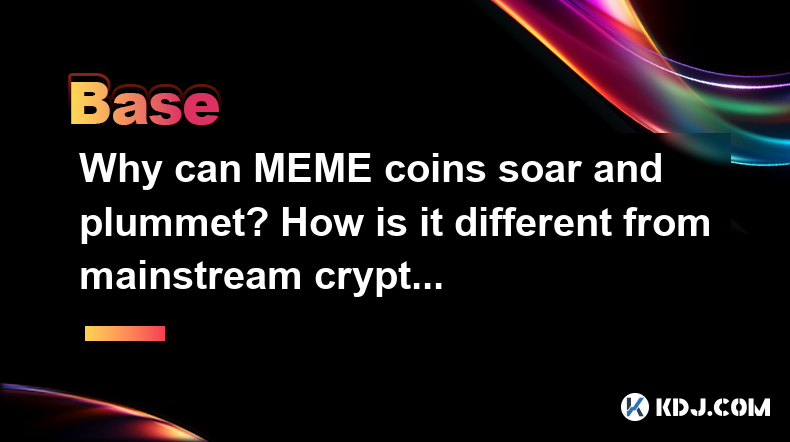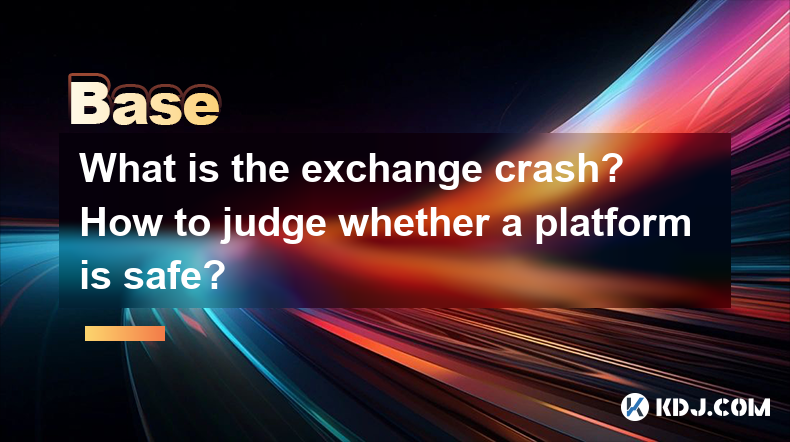-
 Bitcoin
Bitcoin $82,566.4689
0.19% -
 Ethereum
Ethereum $1,779.6850
-0.10% -
 Tether USDt
Tether USDt $0.9998
0.03% -
 XRP
XRP $2.0537
2.55% -
 BNB
BNB $589.8188
0.52% -
 USDC
USDC $0.9998
-0.02% -
 Solana
Solana $114.9791
0.70% -
 Dogecoin
Dogecoin $0.1641
4.11% -
 TRON
TRON $0.2412
4.15% -
 Cardano
Cardano $0.6353
1.62% -
 UNUS SED LEO
UNUS SED LEO $9.3746
0.37% -
 Toncoin
Toncoin $3.3731
-6.60% -
 Chainlink
Chainlink $12.5493
0.78% -
 Stellar
Stellar $0.2565
1.09% -
 Avalanche
Avalanche $17.9347
0.40% -
 Sui
Sui $2.2010
-1.94% -
 Shiba Inu
Shiba Inu $0.0...01213
1.26% -
 Hedera
Hedera $0.1617
3.48% -
 Polkadot
Polkadot $4.0354
3.83% -
 Litecoin
Litecoin $82.6619
2.07% -
 MANTRA
MANTRA $6.3054
0.41% -
 Bitcoin Cash
Bitcoin Cash $299.2804
0.17% -
 Bitget Token
Bitget Token $4.4878
-0.11% -
 Dai
Dai $1.0000
0.01% -
 Ethena USDe
Ethena USDe $0.9995
-0.01% -
 Monero
Monero $214.7676
1.57% -
 Hyperliquid
Hyperliquid $11.4665
1.19% -
 Uniswap
Uniswap $5.7693
0.41% -
 Pi
Pi $0.5195
-7.75% -
 NEAR Protocol
NEAR Protocol $2.4505
2.02%
What are cryptocurrency "whales"?
Cryptocurrency whales, holding significant amounts of crypto, can influence market prices through their trading, impacting smaller investors and market sentiment.
Mar 31, 2025 at 08:15 am

Understanding Cryptocurrency Whales: The Titans of the Crypto Market
The term "whale" in the cryptocurrency world refers to individuals or entities that hold a significant amount of a particular cryptocurrency. This amount is substantial enough to influence the market price through their buying and selling activities. There's no universally agreed-upon threshold, but generally, holding a percentage of the total circulating supply in the high single digits or even double digits qualifies someone as a whale. Their actions can create significant price volatility, impacting smaller investors.
How Do Whales Influence the Crypto Market?
Whales possess the power to manipulate the market due to their massive holdings. A large sell-off by a whale can trigger a sharp price drop, while a significant buy order can lead to a rapid price surge. This influence stems from their ability to create substantial buying or selling pressure, overwhelming the market's smaller players. This power, however, is not absolute and is dependent on various market conditions.
Identifying Cryptocurrency Whales: A Difficult Task
Pinpointing specific whales is challenging. While some large transactions are publicly recorded on the blockchain, many whales employ sophisticated techniques to mask their identities and trading activities. These methods include using multiple wallets, mixers, and decentralized exchanges to obscure their holdings and trades. This opacity makes it difficult to track their precise influence.
The Impact of Whale Activity on Market Sentiment
Whale activity significantly influences market sentiment. Large buy orders can trigger a "fear of missing out" (FOMO) effect, encouraging other investors to buy, driving the price higher. Conversely, substantial sell-offs can instill fear and uncertainty, leading to panic selling and price drops. This cascading effect underscores the significant role whales play in shaping market trends.
Whale Manipulation and Market Integrity
While some whale activity is simply large-scale trading, concerns exist regarding manipulation. Artificial price inflation followed by a sudden sell-off (pump and dump schemes) can severely harm smaller investors who enter the market based on the inflated price. Regulatory bodies are grappling with the challenge of detecting and preventing such manipulative activities.
Strategies Employed by Whales
Whales often employ sophisticated strategies to maximize profits and minimize risk. These include:
- Accumulation: Gradually buying large quantities of a cryptocurrency over an extended period to avoid significantly impacting the price.
- Distribution: Slowly selling off large holdings to avoid causing a sudden price crash.
- Arbitrage: Exploiting price differences between different exchanges to profit from discrepancies.
- Market Making: Providing liquidity to the market by buying and selling cryptocurrencies to maintain price stability (though this can also be used manipulatively).
- Leveraged Trading: Utilizing borrowed funds to amplify potential profits (and losses).
The Ethical Considerations of Whale Activity
The immense power wielded by whales raises ethical questions. The potential for manipulation and the impact on smaller investors raise concerns about market fairness and investor protection. The lack of transparency surrounding whale activities further complicates the issue, making it difficult to assess the extent of their influence and its consequences.
The Role of Regulation in Addressing Whale Activity
Regulatory bodies are increasingly focusing on addressing the challenges posed by whale activity. However, the decentralized nature of cryptocurrencies makes regulation complex. Efforts are underway to enhance transparency, detect manipulative activities, and protect investors from unfair practices. The effectiveness of these regulatory efforts remains to be seen.
The Future of Whales in the Cryptocurrency Market
As the cryptocurrency market matures, the role and influence of whales will likely evolve. Increased regulatory scrutiny, the growth of decentralized finance (DeFi), and the development of more sophisticated trading tools could potentially lessen the impact of individual whales. However, the inherent power associated with significant holdings will likely remain a key feature of the crypto landscape.
Are Whales Always Negative for the Market?
Not necessarily. While their potential for manipulation is a concern, whales can also contribute positively. Large-scale investments can bring much-needed liquidity to markets, support the development of promising projects, and increase overall market capitalization. Their participation can help attract further investment and drive innovation within the cryptocurrency ecosystem.
How Can Small Investors Protect Themselves from Whale Activity?
Small investors can employ several strategies to mitigate the risks associated with whale activity:
- Diversification: Spreading investments across multiple cryptocurrencies to reduce the impact of price fluctuations in any single asset.
- Risk Management: Implementing stop-loss orders to limit potential losses.
- Fundamental Analysis: Focusing on the underlying value of a cryptocurrency rather than solely relying on price movements.
- Staying Informed: Keeping up-to-date on market news and trends to anticipate potential shifts in price.
Frequently Asked Questions
Q: How can I identify a cryptocurrency whale?
A: Identifying whales with certainty is difficult. Analyzing on-chain data, such as large transactions and wallet holdings, can provide clues, but it's not foolproof due to privacy techniques employed by whales.
Q: Are all large cryptocurrency holders whales?
A: No, large holders aren't automatically whales. The "whale" designation typically refers to holders whose size allows them to significantly influence market prices. A large holder might simply be a long-term investor with no intention of manipulating the market.
Q: Is it illegal for whales to manipulate the market?
A: Market manipulation is generally illegal, regardless of the asset class. However, the decentralized and global nature of cryptocurrencies makes enforcement challenging. Regulations are still developing in this area.
Q: Can I profit from whale activity?
A: It's possible to profit from anticipating whale activity, but it's risky. Successfully doing so requires sophisticated technical analysis and a deep understanding of market dynamics. It's not a guaranteed strategy.
Q: What is the difference between a whale and a shark in cryptocurrency?
A: While both terms refer to large holders, "shark" often implies a more aggressive and potentially manipulative actor than a "whale." A whale might be a long-term holder, while a shark is more focused on short-term gains through market manipulation. The distinction is not always clear-cut.
Disclaimer:info@kdj.com
The information provided is not trading advice. kdj.com does not assume any responsibility for any investments made based on the information provided in this article. Cryptocurrencies are highly volatile and it is highly recommended that you invest with caution after thorough research!
If you believe that the content used on this website infringes your copyright, please contact us immediately (info@kdj.com) and we will delete it promptly.
- Dogecoin Price Soared Over 2% Today, Indicating a Renewed Market Interest in the Leading Meme Coin
- 2025-04-04 21:10:12
- Filecoin FIL $2.76 24h volatility: 2.9% Market cap: $1.79 B Vol. 24h: $489.77 M
- 2025-04-04 21:10:12
- The latest Dogecoin price prediction is raising eyebrows
- 2025-04-04 21:05:12
- With meme coins like Pepe and Shiba Inu back in the spotlight, traders are wondering which token could deliver the biggest gains this week
- 2025-04-04 21:05:12
- Market expert Ali Martinez estimates that the price of this dog-themed meme coin has the potential to surge by around 250% to touch the $0.5 level
- 2025-04-04 21:00:12
- Ethereum (ETH) price plunges further as investors limit their risk exposure
- 2025-04-04 21:00:12
Related knowledge

Why is the oracle called the bridge between blockchain and the real world?
Apr 04,2025 at 04:00am
The concept of an oracle in the cryptocurrency and blockchain world is crucial for understanding how these decentralized systems interact with external data. The oracle is often referred to as the bridge between blockchain and the real world because it serves as a vital intermediary that fetches, verifies, and transmits off-chain data to the on-chain en...

What role does the Merkle tree play in the blockchain? Why can it verify data integrity?
Apr 04,2025 at 01:29pm
The Merkle tree plays a crucial role in the blockchain, primarily due to its ability to efficiently and securely verify data integrity. This article will delve into the structure of a Merkle tree, its implementation in blockchain, and how it ensures the integrity of data. Understanding the Structure of a Merkle TreeA Merkle tree, also known as a hash tr...

What is the difference between public chain, consortium chain and private chain? What scenarios are suitable for each?
Apr 04,2025 at 09:21pm
In the world of blockchain technology, understanding the differences between public chains, consortium chains, and private chains is crucial for selecting the right type of blockchain for specific applications. Each type of blockchain has its own unique characteristics and use cases, which we will explore in detail. Understanding Public ChainsPublic cha...

What is the double-spending problem? How does blockchain solve this problem?
Apr 04,2025 at 09:07am
The double-spending problem is a significant challenge in the realm of digital currencies. Double-spending refers to the potential for a digital currency to be spent more than once. This issue arises because digital files, unlike physical cash, can be easily duplicated. If not addressed, double-spending could undermine the integrity and trust in any dig...

Why can MEME coins soar and plummet? How is it different from mainstream cryptocurrencies?
Apr 04,2025 at 03:07pm
The world of cryptocurrencies is vast and diverse, with a wide range of digital assets that cater to different needs and interests. Among these, MEME coins have carved out a unique niche, often experiencing dramatic price fluctuations that can both soar and plummet in a short period. This phenomenon, while intriguing, differs significantly from the beha...

What is the exchange crash? How to judge whether a platform is safe?
Apr 04,2025 at 05:07pm
An exchange crash refers to a sudden and severe disruption in the operations of a cryptocurrency exchange platform, leading to significant financial losses for users and often resulting in the platform's inability to continue functioning. Such crashes can stem from various causes, including cybersecurity breaches, technical failures, or insolvency. Unde...

Why is the oracle called the bridge between blockchain and the real world?
Apr 04,2025 at 04:00am
The concept of an oracle in the cryptocurrency and blockchain world is crucial for understanding how these decentralized systems interact with external data. The oracle is often referred to as the bridge between blockchain and the real world because it serves as a vital intermediary that fetches, verifies, and transmits off-chain data to the on-chain en...

What role does the Merkle tree play in the blockchain? Why can it verify data integrity?
Apr 04,2025 at 01:29pm
The Merkle tree plays a crucial role in the blockchain, primarily due to its ability to efficiently and securely verify data integrity. This article will delve into the structure of a Merkle tree, its implementation in blockchain, and how it ensures the integrity of data. Understanding the Structure of a Merkle TreeA Merkle tree, also known as a hash tr...

What is the difference between public chain, consortium chain and private chain? What scenarios are suitable for each?
Apr 04,2025 at 09:21pm
In the world of blockchain technology, understanding the differences between public chains, consortium chains, and private chains is crucial for selecting the right type of blockchain for specific applications. Each type of blockchain has its own unique characteristics and use cases, which we will explore in detail. Understanding Public ChainsPublic cha...

What is the double-spending problem? How does blockchain solve this problem?
Apr 04,2025 at 09:07am
The double-spending problem is a significant challenge in the realm of digital currencies. Double-spending refers to the potential for a digital currency to be spent more than once. This issue arises because digital files, unlike physical cash, can be easily duplicated. If not addressed, double-spending could undermine the integrity and trust in any dig...

Why can MEME coins soar and plummet? How is it different from mainstream cryptocurrencies?
Apr 04,2025 at 03:07pm
The world of cryptocurrencies is vast and diverse, with a wide range of digital assets that cater to different needs and interests. Among these, MEME coins have carved out a unique niche, often experiencing dramatic price fluctuations that can both soar and plummet in a short period. This phenomenon, while intriguing, differs significantly from the beha...

What is the exchange crash? How to judge whether a platform is safe?
Apr 04,2025 at 05:07pm
An exchange crash refers to a sudden and severe disruption in the operations of a cryptocurrency exchange platform, leading to significant financial losses for users and often resulting in the platform's inability to continue functioning. Such crashes can stem from various causes, including cybersecurity breaches, technical failures, or insolvency. Unde...
See all articles




















































































